Every fossil tells a story. Hidden within ancient bones, footprints, and even microscopic remains lies a wealth of information about Earth’s past. Like detectives at a crime scene, paleontologists piece together these fragmentary clues to reconstruct extinct organisms and vanished ecosystems. Their methodical work not only brings prehistoric creatures back to life in our imagination but also helps us understand evolution, climate change, and our own place in Earth’s history. This fascinating scientific detective work continues to revolutionize our understanding of life’s journey across billions of years.
The Mysterious Language of Fossils
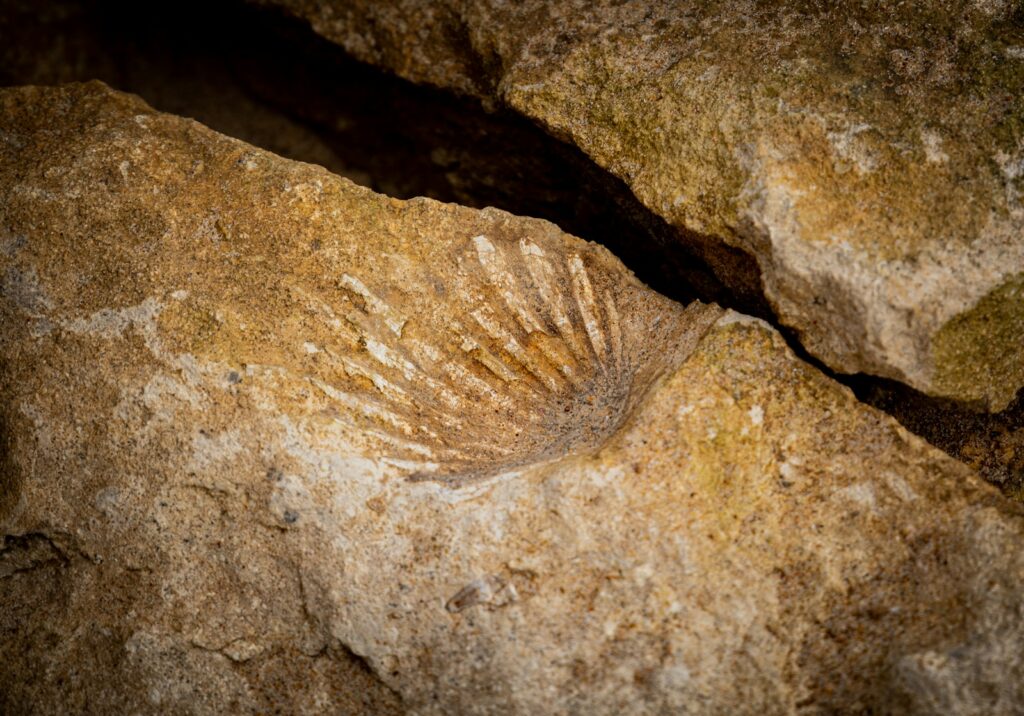
Fossils represent nature’s archives, preserving information about ancient life forms that would otherwise be completely lost to time. These remains can take many forms, from spectacular complete skeletons to microscopic pollen grains or even chemical traces in rock. Each type of fossil provides different kinds of information – bones tell us about anatomy and movement, teeth reveal diet, footprints document behavior, and microfossils can indicate ancient environmental conditions. The challenge for paleontologists lies in learning to “read” these clues correctly, often requiring multiple scientific disciplines working in concert. When interpreted properly, even a single fossil tooth can reveal what an animal ate, where it lived, and sometimes even how it died, making these ancient remains invaluable time capsules from Earth’s distant past.
Tools of the Fossil Detective

Modern paleontologists employ an impressive arsenal of technological tools that would make Sherlock Holmes envious. Beyond traditional hammers and brushes, they now utilize CT scanners to peer inside fossils without damaging them, revealing internal structures previously impossible to study. Electron microscopes allow examination of fossils at cellular levels, while advanced chemical analyses can detect ancient proteins and pigments. Geographic information systems help map fossil sites and understand ancient landscapes, while 3D modeling software creates detailed reconstructions of extinct creatures. Stable isotope analysis provides insights into ancient diets and environments, acting as a chemical fingerprint from the past. These sophisticated techniques transform paleontology from simple description to a highly analytical science capable of extracting remarkable details from seemingly silent stones.
Reading the Crime Scene: Taphonomy

Taphonomy, the study of what happens to organisms after death, serves as paleontology’s forensic science. This critical discipline examines how remains become fossils and what information is preserved or lost during the process. Taphonomists investigate everything from scavenger tooth marks and insect damage to how bones are transported by rivers or arranged by mudslides. These details help scientists separate biological facts from preservation artifacts – distinguishing, for instance, whether animals died together in a catastrophic event or their remains accumulated gradually over time. Through taphonomic analysis, paleontologists can determine if a fossil assemblage represents an accurate snapshot of an ancient ecosystem or a biased sample, much as forensic experts must understand how evidence at a crime scene may have been altered before drawing conclusions about what actually occurred.
Trace Fossils: Behavior Set in Stone
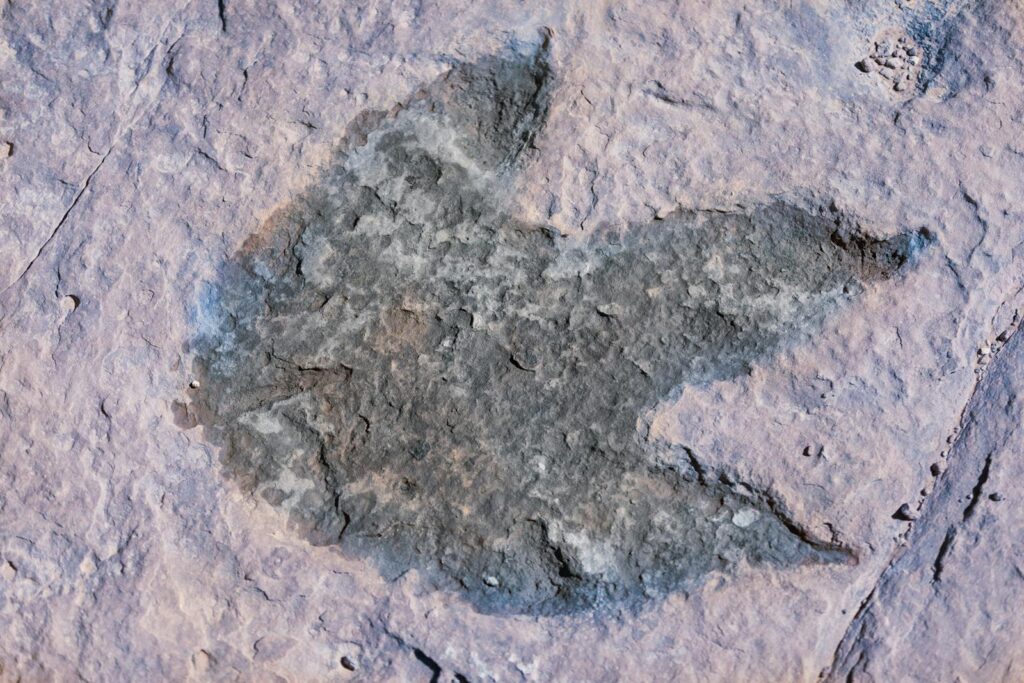
While body fossils preserve the physical remains of ancient organisms, trace fossils capture something even more elusive – behavior. These preserved tracks, burrows, nests, and even feces (coprolites) offer rare glimpses into how extinct creatures actually lived and interacted with their environments. Dinosaur trackways reveal not just walking speeds but sometimes show evidence of herding behavior, predator-prey interactions, or even whether certain species waded in shallow water. Ancient burrows document the engineering capabilities of prehistoric creatures, while fossil nests with preserved eggs can demonstrate parental care. Coprolites provide direct evidence of diet, sometimes preserving undigested food remains. These “fossilized behaviors” transform paleontology from a study of static anatomy to a dynamic reconstruction of prehistoric activities, bringing ancient ecosystems to life in ways body fossils alone cannot achieve.
Molecular Paleontology: The Fossil DNA Revolution

The extraction and analysis of ancient biomolecules represents one of paleontology’s most groundbreaking frontiers. While DNA generally degrades quickly, improved techniques now allow scientists to recover genetic material from specimens tens of thousands of years old, and in exceptional cases, over a million years. Proteins, more durable than DNA, have been identified in fossils dating back millions of years, including collagen from dinosaur remains. These molecular remnants provide direct evidence about evolutionary relationships, sometimes overturning theories based solely on anatomical comparisons. Ancient DNA has revealed unexpected interbreeding between human species and helped track how species responded to past climate changes. Even ancient lipids and pigments can sometimes be recovered, providing insights into the actual colors of extinct creatures. This molecular time travel allows paleontologists to complement morphological studies with biochemical evidence, dramatically enhancing our understanding of evolutionary history.
Paleoclimate Detectives: Fossils as Environmental Witnesses
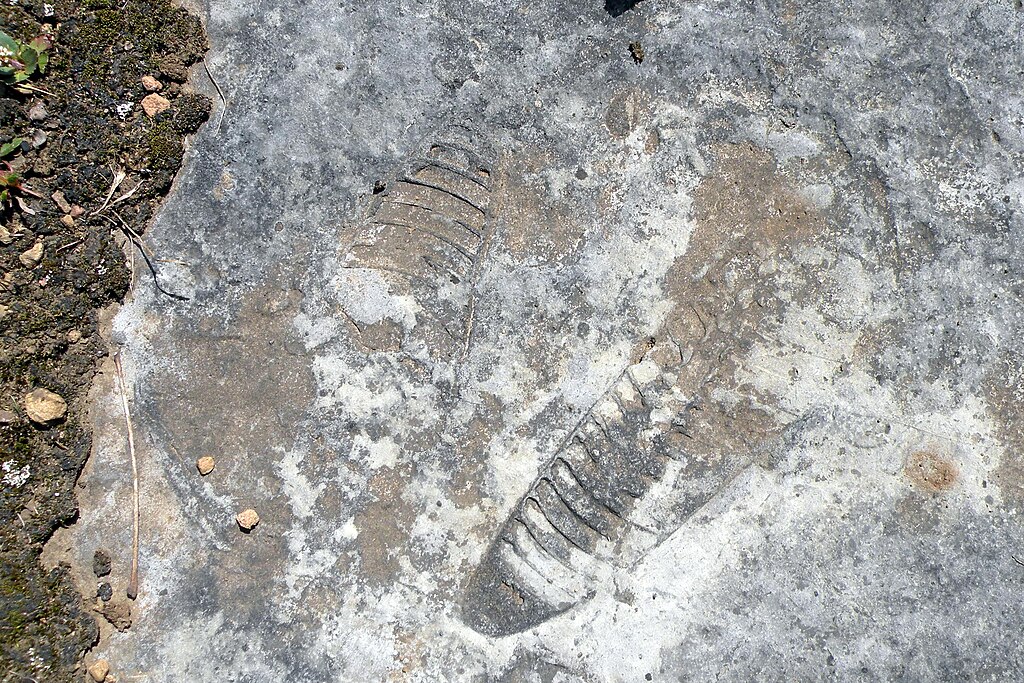
Fossils serve as irreplaceable recorders of ancient environmental conditions, helping scientists reconstruct past climates with remarkable precision. Plant fossils reveal temperature and rainfall patterns through their leaf shapes, growth rings, and pollen types. Microfossils like foraminifera (tiny marine organisms) preserve oxygen isotope ratios that indicate ancient ocean temperatures, while coral growth bands record seasonal changes in prehistoric seas. Fossil soils (paleosols) contain chemical signatures that reveal ancient atmospheric conditions, including carbon dioxide levels. By studying these climate indicators across the fossil record, paleontologists can track environmental changes over millions of years and document how living organisms responded to these shifts. This deep-time perspective provides crucial context for understanding modern climate change, revealing both the resilience and vulnerability of life on Earth when faced with environmental transformations.
Mass Extinctions: Cold Cases from Deep Time
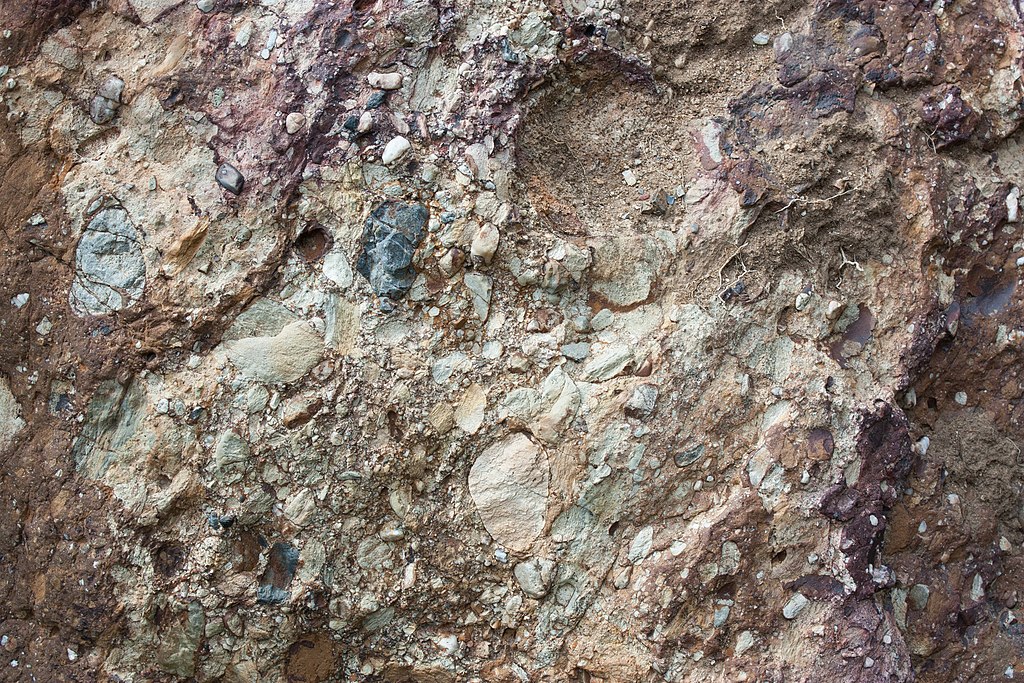
The fossil record documents five major mass extinction events where vast numbers of species vanished in geologically brief periods, representing paleontology’s most challenging “cold cases.” Each extinction event left distinctive patterns in the fossil record that help identify potential causes, from asteroid impacts to massive volcanic eruptions. The end-Permian extinction, approximately 252 million years ago, eliminated roughly 95% of marine species and fundamentally reorganized Earth’s ecosystems, while the more famous end-Cretaceous extinction (66 million years ago) ended the reign of non-avian dinosaurs. Paleontologists investigate these events by examining changes in fossil abundance and diversity across boundary layers, searching for evidence of environmental stressors like ocean acidification or rapid climate change. By understanding the mechanisms behind these ancient catastrophes, scientists gain insight into ecosystem resilience and vulnerability, providing potential lessons for our current biodiversity crisis, which some researchers characterize as a sixth mass extinction driven by human activities.
Transitional Fossils: Evolution’s Smoking Guns

Transitional fossils represent some of paleontology’s most significant discoveries, documenting evolutionary transformations between major groups of organisms. These fossils show intermediate anatomical features, providing direct evidence of evolutionary processes in action. Tiktaalik, a 375-million-year-old fossil found in the Canadian Arctic, beautifully illustrates features transitional between fish and land vertebrates, including modified fins that could support weight while retaining fish-like characteristics. Similarly, fossils like Archaeopteryx display a mosaic of dinosaur and bird traits, helping document the dinosaur-bird transition. Whale evolution is particularly well-documented through fossils showing the gradual transformation of land mammals into fully aquatic cetaceans, including intermediate species with progressively reduced hindlimbs. These evolutionary “missing links” (though scientists prefer “transitional forms”) provide compelling evidence for macroevolutionary change and help reconstruct the branching tree of life across geological time.
Paleoecology: Reconstructing Ancient Worlds
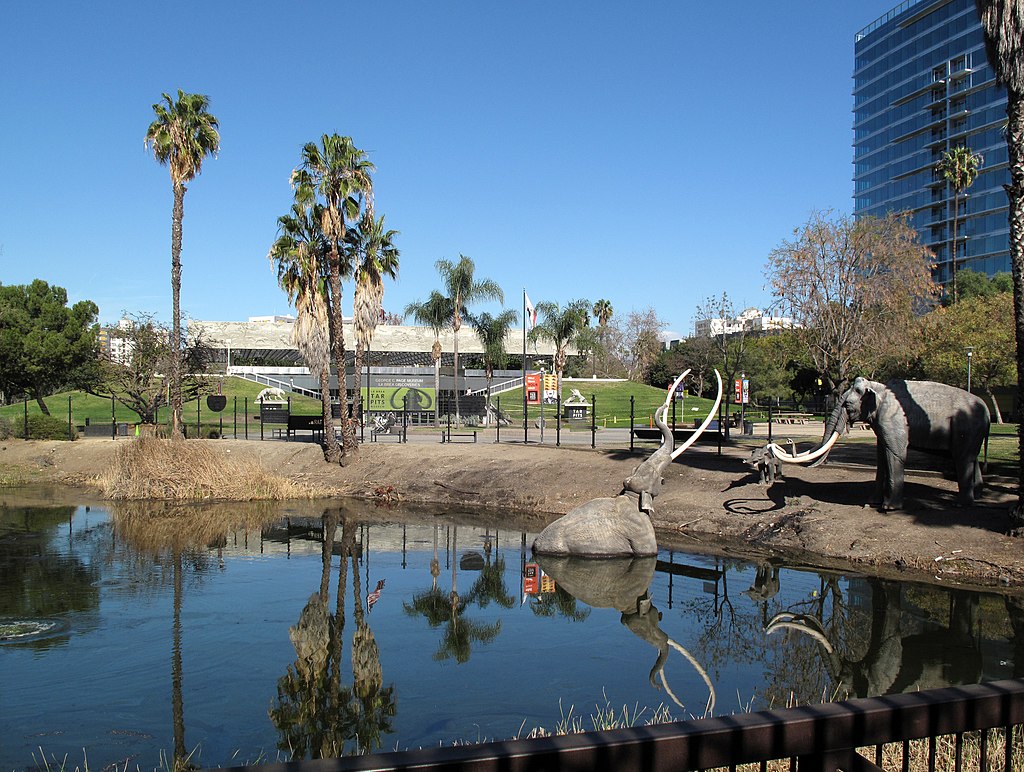
Paleoecology investigates the interactions between prehistoric organisms and their environments, essentially reconstructing extinct ecosystems. This detective work combines multiple lines of evidence – the types of plants and animals present, their relative abundances, anatomical adaptations, trace fossils, and sedimentary context – to rebuild ancient food webs and ecological relationships. For example, studies of the La Brea Tar Pits in Los Angeles have revealed a complete Ice Age ecosystem, from apex predators like saber-toothed cats to herbivores, plants, and even insects, showing their ecological interactions. Paleoecological investigations often reveal surprising relationships, such as evidence that some dinosaur species lived in social groups or that certain prehistoric plants depended on now-extinct animals for seed dispersal. By understanding these ancient ecological connections, scientists can better comprehend modern ecosystems and predict how they might respond to environmental changes in the future.
Paleobiogeography: Tracking Ancient Migrations
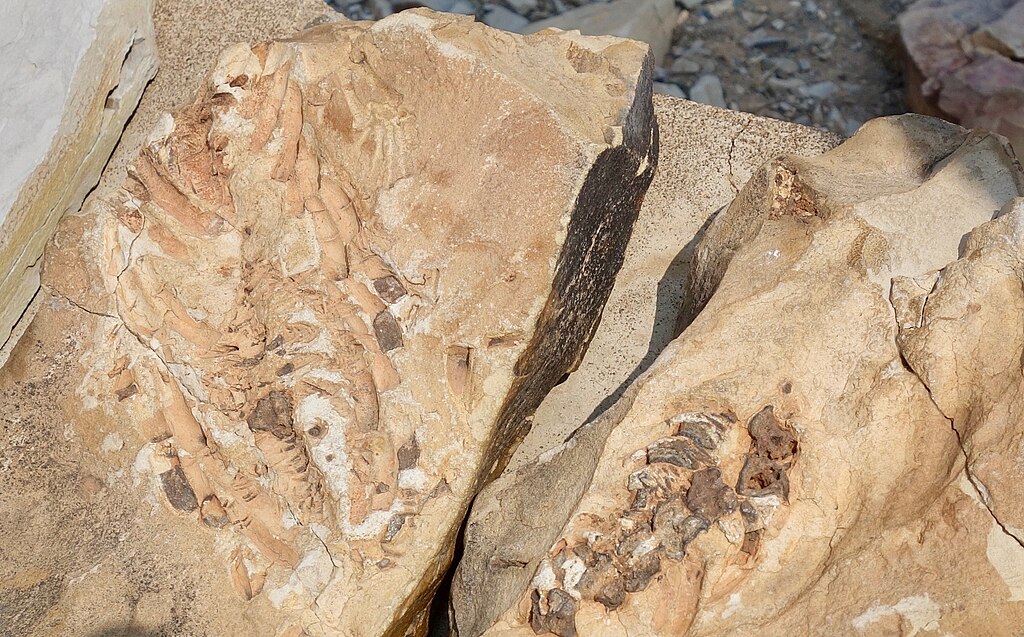
The geographic distribution of fossils across continents provides crucial evidence for both evolutionary history and the physical development of Earth itself. Paleobiogeographers study these patterns to reconstruct ancient migration routes, identify centers of evolutionary innovation, and understand how continental movements affected species dispersal. The presence of similar fossil species on now-separated continents famously helped confirm the theory of continental drift, as identical Mesozoic reptiles found in South America and Africa indicated these landmasses were once connected. Fossil distributions also document dramatic range shifts in response to climate change, such as tropical species moving toward the poles during warming periods. Island ecosystems preserve particularly informative biogeographic records, often showing evolutionary radiations as species adapt to isolated environments. By mapping these ancient distributions, scientists can track not only how species moved across prehistoric landscapes but also how geography shaped evolution itself, creating natural experiments in isolation and adaptation.
Paleoanthropology: Uncovering Human Origins
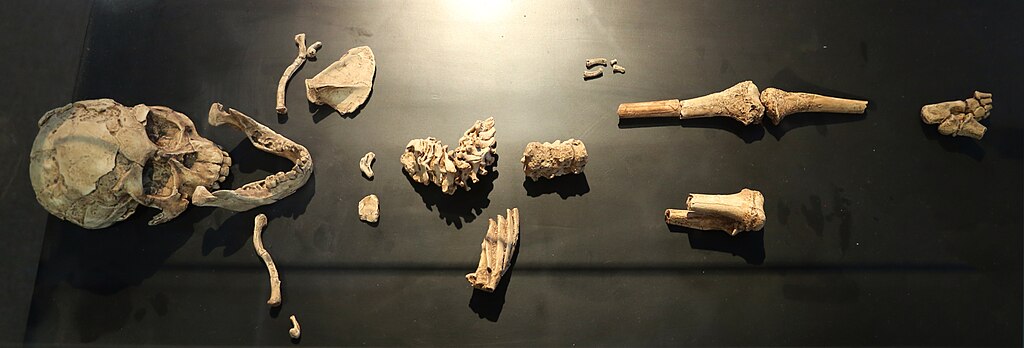
Paleoanthropology represents perhaps the most personal branch of paleontology – the search for our own species’ origins and evolution. This specialized field combines fossil analysis with archaeology, genetics, and cultural studies to understand human evolutionary history. Landmark discoveries like the 3.2-million-year-old “Lucy” (Australopithecus afarensis) in Ethiopia help document the transition to bipedalism, while more recent finds like Homo naledi in South Africa continue to complicate our understanding of the human family tree. Modern paleoanthropology increasingly recognizes that human evolution was not a linear progression but rather a complex branching pattern with multiple hominin species coexisting at various times. Fossil evidence combined with ancient DNA has revealed previously unknown human relatives like Denisovans, documented interbreeding between Neanderthals and Homo sapiens, and helped track the global dispersal of our species. These discoveries not only illuminate our biological past but also provide context for understanding human diversity and adaptability in the present.
The Challenge of Incomplete Evidence
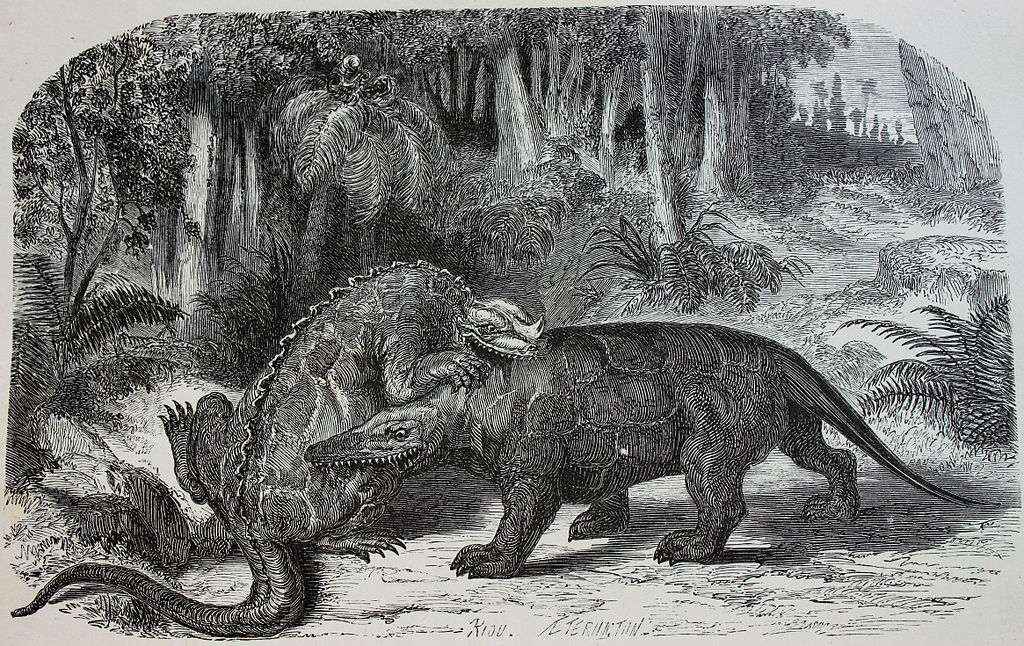
Perhaps the greatest challenge for paleontological detectives is the inherently incomplete nature of the fossil record, often described as reading a book with most pages missing. The fossilization process itself is highly selective, favoring hard-bodied organisms in certain environments, while soft-bodied creatures and terrestrial settings are severely underrepresented. Geological processes further complicate matters, as erosion and plate tectonics destroy fossil-bearing rocks, creating temporal gaps spanning millions of years. This “preservation bias” means paleontologists must carefully account for missing data when drawing conclusions about ancient biodiversity or evolutionary patterns. Statistical methods help estimate original species numbers from incomplete samples, while “ghost lineages” (evolutionary branches that must have existed based on relationships among known fossils) help fill gaps in evolutionary trees. Despite these challenges, the cumulative nature of fossil discoveries continues to fill crucial gaps, with each new find potentially transforming our understanding of life’s history.
Bringing Ancient Worlds to Life
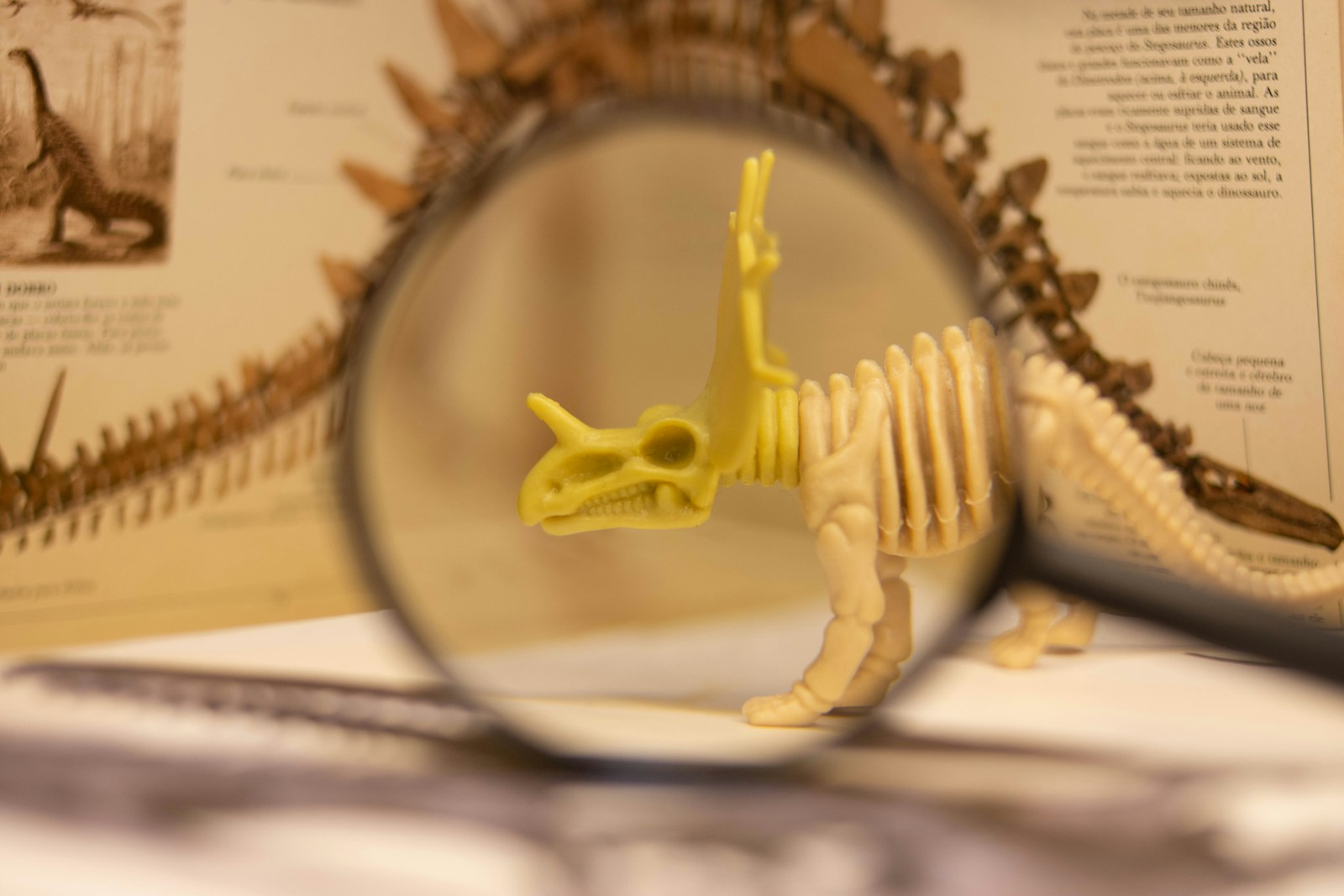
Transforming fossilized fragments into scientifically accurate reconstructions of extinct organisms and ecosystems represents paleontology’s ultimate challenge and greatest achievement. This process begins with comparative anatomy, using living relatives to understand how fossil bones articulated and functioned. Muscle attachment points on bones help reconstruct soft tissues, while preserved skin impressions, feathers, or scales (increasingly common discoveries) provide external appearances. Biomechanical engineering principles help determine how creatures moved, often using computer modeling to test hypotheses about posture and locomotion. Artists and scientists collaborate to create life restorations, with each illustration or museum model representing testable hypotheses about appearance and behavior based on available evidence. When done properly, these reconstructions are far more than artistic guesswork – they’re scientific communications reflecting current knowledge while acknowledging remaining uncertainties. Through this painstaking process, paleontologists transform static fossils into dynamic creatures, allowing us to visualize and understand worlds that disappeared millions of years before humans existed.
The work of paleontologists exemplifies science at its most detective-like – methodically gathering evidence, testing hypotheses, and gradually uncovering long-buried truths. From examining microscopic growth lines in ancient teeth to mapping global patterns of fossil distribution, these scientific sleuths employ increasingly sophisticated techniques to extract maximum information from minimal evidence. Their discoveries not only satisfy our innate curiosity about prehistoric life but also provide crucial perspectives on extinction, climate change, and evolution that inform our understanding of current biological challenges. As technology advances and new fossil discoveries continue, paleontology’s real-life Sherlocks will undoubtedly reveal even more ancient truths, continuing to piece together the remarkable story of life on Earth with ever-increasing precision and detail.



